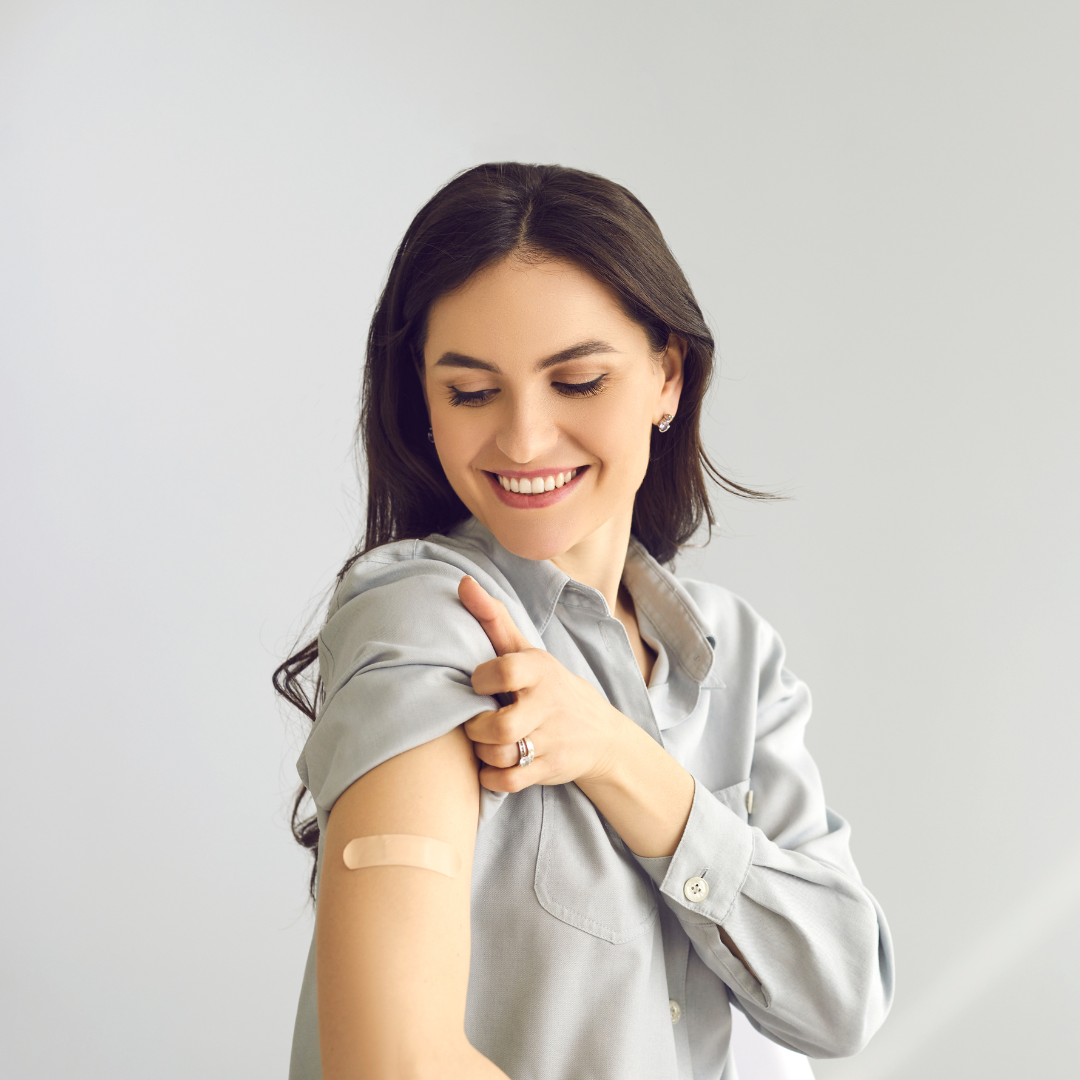Understanding Portion Distortion and How to Manage It

Have you ever sat down at a restaurant, looked at your plate, and thought, “Wow, that’s a lot of food”? Over the years, the size of food portions has grown—and not just in restaurants. At home, in snack packs, and even in drinks, we’re seeing bigger servings than ever before.
This phenomenon is called portion distortion. It can lead to overeating, weight gain, and challenges with managing health conditions like diabetes.
Let’s explore what portion distortion is, how to manage it, and tips for keeping your portions in check, especially if you have diabetes.
What Is Portion Distortion?
Portion distortion happens when our idea of a “normal” portion size becomes larger than it should be. When we see oversized portions regularly, our brains and bodies start to think they’re normal. The problem? These portions often pack in more calories, sugar, and unhealthy fats than we need.
Why Does Portion Distortion Matter?
Eating too much—even healthy foods—can lead to weight gain, which can increase the risk of heart disease, type 2 diabetes, and other health problems. For people with diabetes, portion control is critical. Eating large amounts of food, especially carbohydrates, can cause blood sugar levels to rise, making it harder to keep them within a healthy range.
How to Manage Portion Distortion
The good news is that you don’t have to be stuck in the cycle of oversized portions. Here are some simple steps to take control:
- Learn About Serving Sizes: A portion is the amount of food you eat, while a serving is the recommended amount. Check food labels for serving sizes, and use measuring cups or a food scale at home to see how much you’re really eating.
- Use Smaller Plates: Our brains associate full plates with satisfaction. Using a smaller plate makes a smaller portion look like more food, tricking your brain into feeling satisfied.
- Slow Down: It takes about 20 minutes after you start eating for your brain to realize you’re full. Eating slowly can help you avoid overeating.
- Pre-Portioned Snacks: Instead of eating straight from the bag, divide snacks into smaller containers or bags. This helps you avoid accidentally eating too much.
- Share or Save Extras: At restaurants, ask for a to-go box when your meal arrives. Put half your food in the box before you start eating. This gives you two meals for the price of one!
Portion Control Tips for Diabetes
Managing portions is even more important if you have diabetes. Here are some tips:
- Follow the Plate Method:
- Fill half your plate with non-starchy vegetables like broccoli, spinach or green beans.
- Fill one-quarter with lean protein like chicken, fish or tofu.
- Fill the last quarter with a healthy carbohydrate like brown rice, sweet potatoes or whole-grain bread.
- Watch Carbs Carefully: Carbs affect blood sugar the most. Use measuring cups to keep portions of rice, pasta, and cereal in check.
- Choose Fiber-Rich Foods: Foods like beans, whole grains, and vegetables help control blood sugar and keep you full longer.
- Snack Smart: Pair a small carb portion with a protein. For example, have an apple with a small piece of cheese or a handful of nuts.
- Stay Hydrated: Sometimes, thirst can feel like hunger. Drink a glass of water before reaching for a snack to see if that’s what your body really needs.
Take Control of Your Portions
Portion distortion doesn’t have to take over your health. By learning about serving sizes, being mindful of what you eat, and using these tips, you can stay in control—whether you’re at home, at a restaurant, or grabbing a quick snack.
When managing diabetes, keeping portions in check is key to maintaining steady blood sugar levels and feeling your best. With practice, portion control can become a healthy habit that helps you enjoy your favorite foods while keeping your health on track.
Remember, it’s not just about how much you eat but also about what you eat. Make every bite count!
Author: Noelia Rivera-González, MS, RD, LDN, CDCES | CCS Health
This site is for educational purposes only. Talk to your doctor or healthcare provider before making any decisions about your health.



